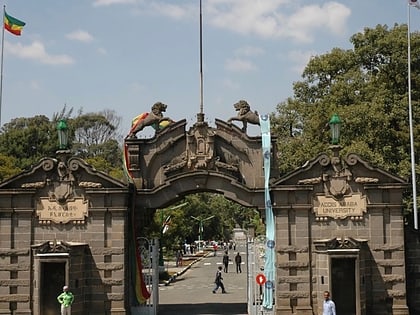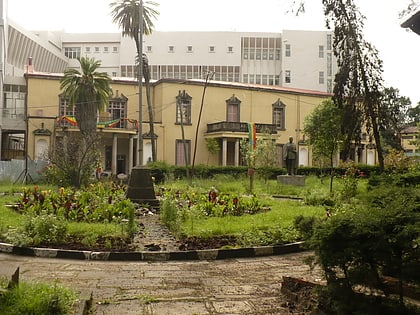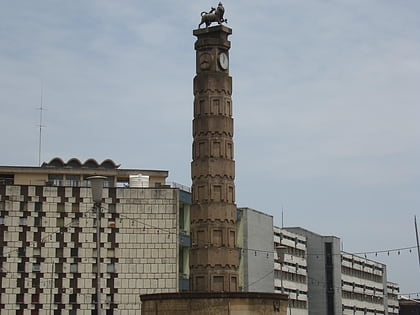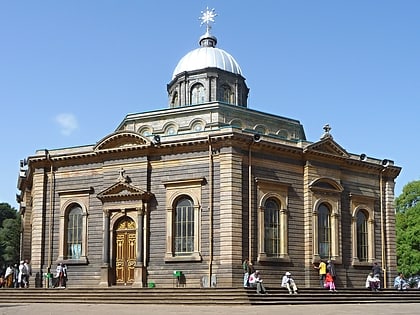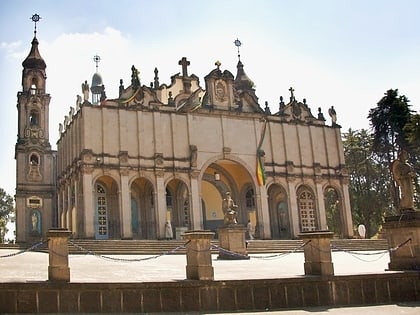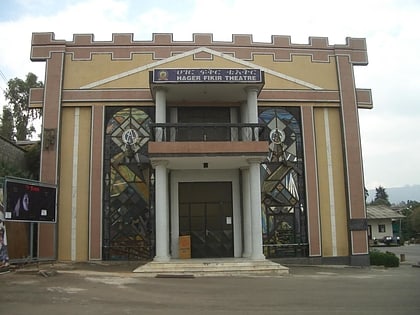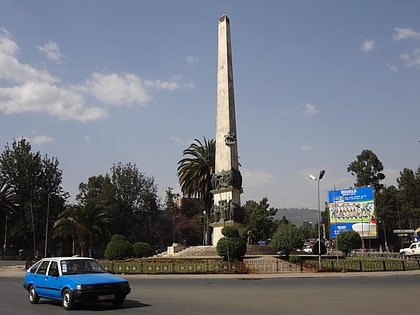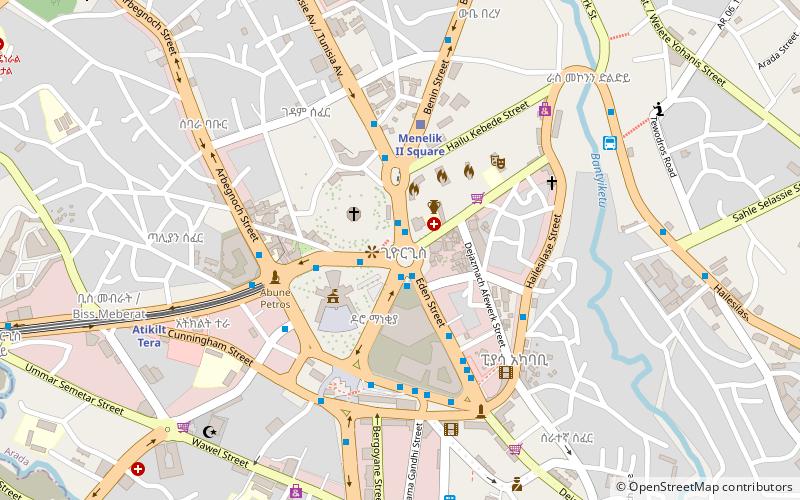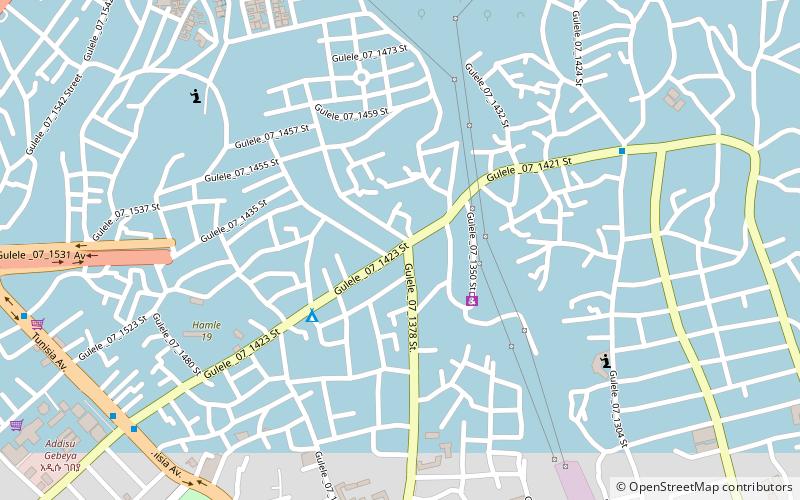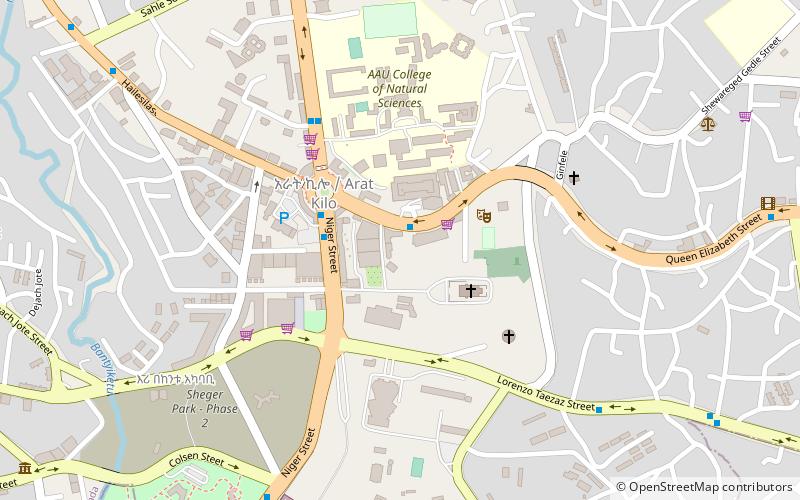Guenete Leul Palace, Addis Ababa
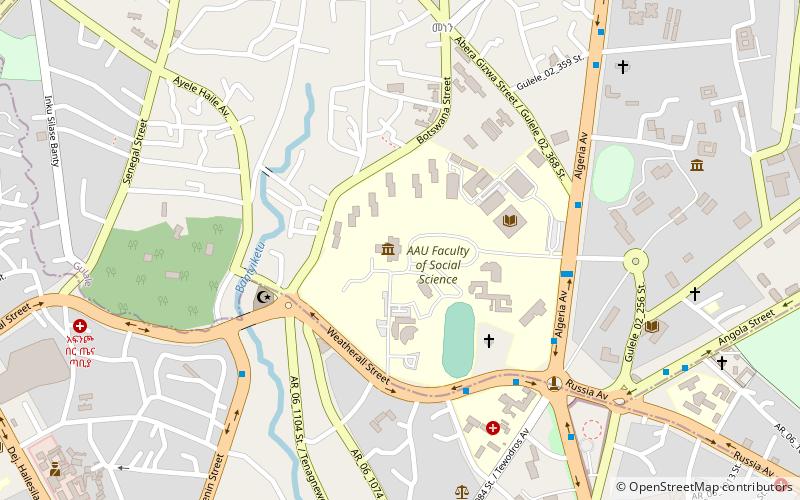

Facts and practical information
Guenete Leul Palace, a regal structure nestled in the heart of Addis Ababa, Ethiopia, stands as a testament to the country's rich imperial history. This palace, also known as the Jubilee Palace, was commissioned by Emperor Haile Selassie in the 1950s to mark the Silver Jubilee of his reign.
The palace is an architectural marvel that blends traditional Ethiopian motifs with modernist elements, reflecting the country's journey towards modernization while staying rooted in its cultural heritage. Guenete Leul Palace remains a symbol of the Ethiopian monarchy's opulence and has been an important venue for state functions and events.
While the palace is not open to the public on a regular basis, it is a significant landmark in Addis Ababa, often admired from afar by locals and tourists alike. The complex is surrounded by lush gardens, which add to its grandeur and provide a serene oasis in the bustling city.
The Guenete Leul Palace has witnessed numerous historical events and has hosted various heads of state and dignitaries over the years. Its walls are steeped in the country's political and social history, making it more than just a building but a repository of Ethiopian sovereignty and pride.
Addis Ababa
Guenete Leul Palace – popular in the area (distance from the attraction)
Nearby attractions include: National Museum of Ethiopia, Zoological Park, Meyazia 27 Square, St George's Cathedral.
Frequently Asked Questions (FAQ)
Which popular attractions are close to Guenete Leul Palace?
How to get to Guenete Leul Palace by public transport?
Bus
- 6 kilo • Lines: A01 (7 min walk)
- Yekatit 12 Hospital • Lines: B37 (7 min walk)
Light rail
- Menelik II Square • Lines: S-N (17 min walk)
- Atikilt Tera • Lines: S-N (29 min walk)
